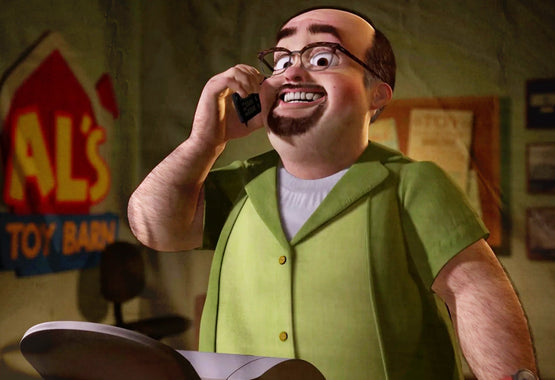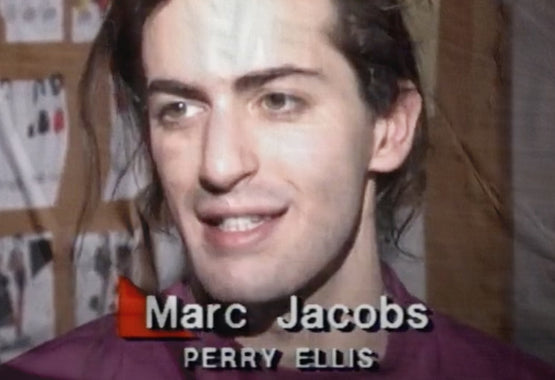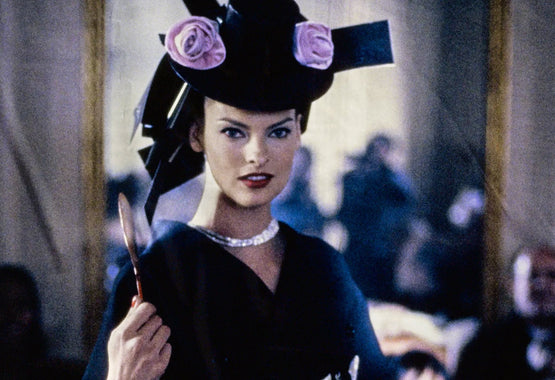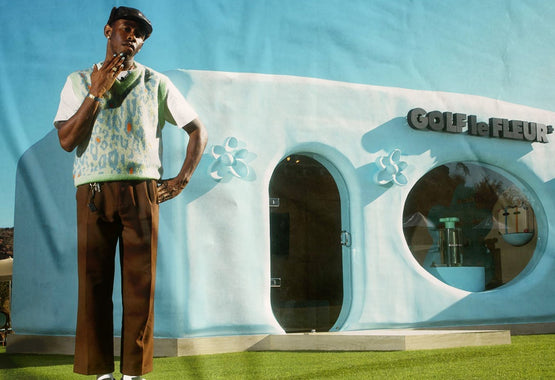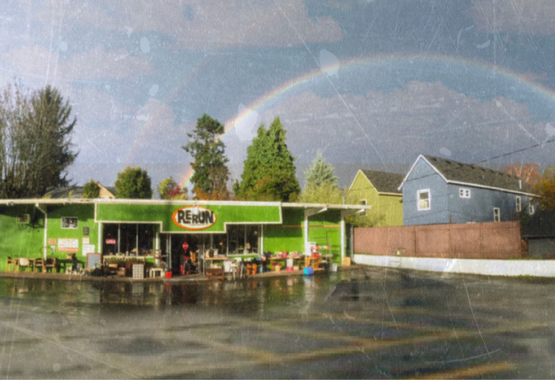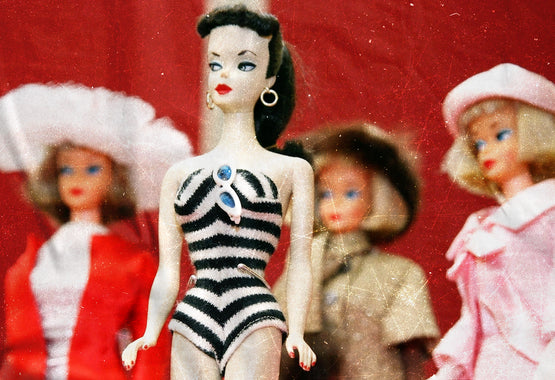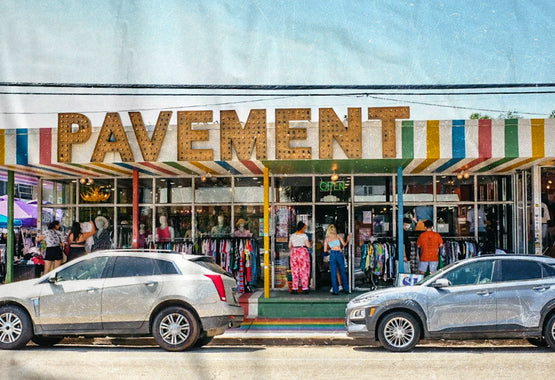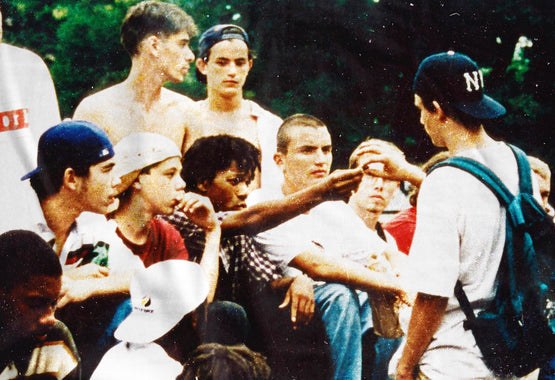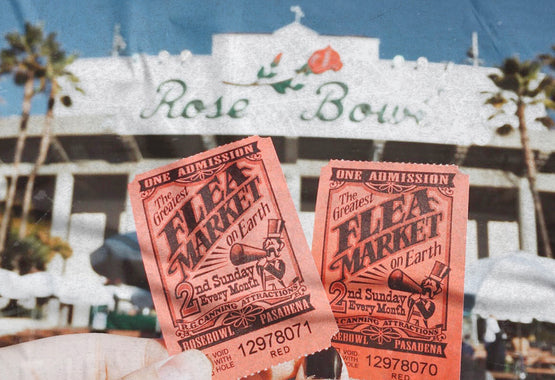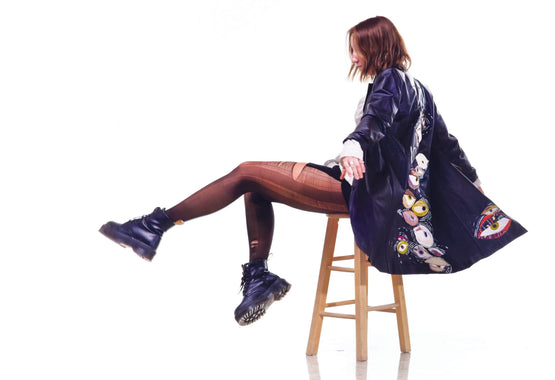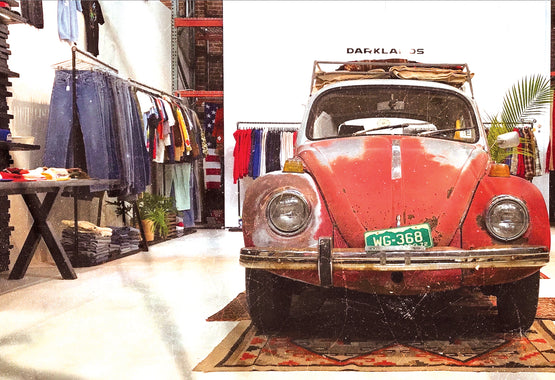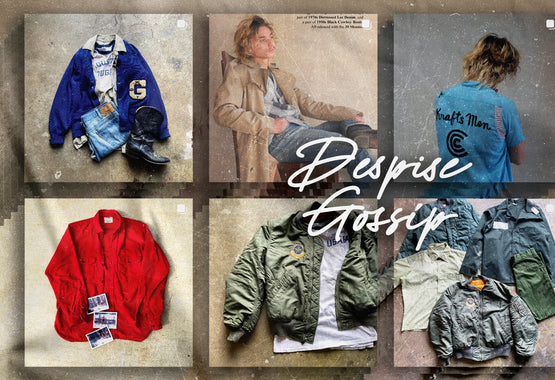Despise Gossip On Its Love Of True Vintage And The Need For Curation
Now that secondhand sellers and vintage collectors exist and work together around every corner of the world, the abundance of recycled goods back in circulation is aplenty. What that’s created is the ability for shop owners to be selective with inventory. Stores specializing in categories like only sportswear, graphic tees or precise eras of vintage threads — ‘60s, ‘70s, ‘80s, really whatever — are found near everywhere.
There are even hyper-specific style influencers blowing up social media. Syd Trip is a ‘70s-heavy personality who garners tens of thousands of likes within seconds of posting a photo and has the ability to reach close to a half-million people with just a few clicks of her device. She does it with little more than an affinity for classic looks and a great eye for aesthetics.
Her success isn’t just because. She’s in the thick of a category called true vintage, a sought after nostalgia attracting eyes everywhere online. It’s something we’re seeing more and more of on the floor of ThriftCon, too.
By loose definition, true vintage just means a particular piece is at least 50 years old or older. It’s a way to separate an item from later years vintage (like ‘90s graphic tees, even the popular Y2K moniker) or flat out antiques. But like with anything else in the bygone collectible scene, it’s a term often up for personal interpretation.
“I would say my definition of true vintage is a category of clothing that combines history, practicality, and romanticism,” says Jackson Underwood, co-owner of the small fashion brand Despise Gossip. “You find much more intentional details on clothing items from the ‘50s and ‘60s, and the more you know about it, the more you’re going to love it.”
Despise Gossip describes its curation group as a “sort of hippie cowboy” expertise. It’s also a featured vendor at the upcoming ThriftCon in Atlanta. Like with Syd Trip, their communal need to fit inside of specific fashion optics just makes sense on a business level for the brand. But more importantly, a personal one too.
“Tim, my partner, only curates items he can imagine himself wearing and creating an outfit with,” adds Underwood. “We truly look at the pieces as garments we would style and create with, not simply a dollar sign we can flip.”
The young group has only been in operation since late 2020 as its current form, but individually have been curating and thrifting for much longer than that. What they found is that the more they got into it, the more they found themselves leaning into a particular vibe.
“We also love ’70s looks and feel like so much can be built off that style,” he says. “(There’s) something about the style of true vintage, simply how the pieces look and fit your body. True vintage is simply elegant pieces that don't try to speak too loudly and pair very well with a wide array of other garments from all time periods.”
The shop has a well designed online presence, good enough for what it needs to be, at least. The real experience lies with in-house private shopping at its facility though. There you’re able to touch the garments as they were intended, flipping through racks of nuance and attainable history — something a website will never be able to replicate.
It’s all part of the direction Underwood and his team want to continue moving toward in the vintage world. One outside of volume and large margins. For them, their personalities show through in the collections dropped online or bundled together in-store. Purpose over profit, really.
“We strive to stay true to who we are as people and what we are building Despise Gossip to be,” says Underwood. “If you go down too many avenues no one will know how to categorize or know what to expect when they come across your collection of items. Having a cohesive curation is vital, and having a compelling reason for that specific curation is equally as valuable.”
It’s beyond paying bills and movement without a cause. It’s a lifestyle. Truly.


